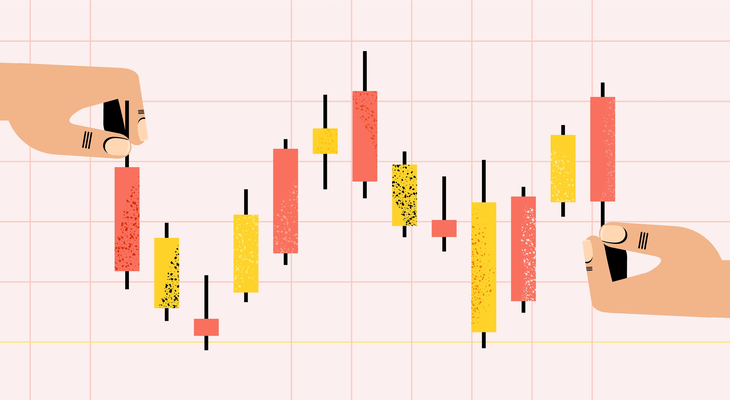 Convertible notes are starting to resemble CDOs, collateralized debt obligations that led to the 2008 financial crisis, partly because few understood how they worked.
Convertible notes are starting to resemble CDOs, collateralized debt obligations that led to the 2008 financial crisis, partly because few understood how they worked.
From the economic perspective, convertible notes are complex; that includes Simple Agreements for Future Equity (SAFEs). In fact, they are referred to as “complex financial instruments” by auditors and financial regulators. A typical convertible note is a hodge-podge of financial terms, most of them are not intuitive and easily misinterpreted. Shadow Preferred Stock is one of those terms.
Shadow Preferred Stock (“SPS”)
For private, venture-backed companies, convertible notes are expected to convert into preferred shares issued at the next financing round. Distinct from the preferred shares acquired by a new investor, preferred shares created in the conversion are referred to as Shadow Preferred Stock.
SPS Around the Web
The article “Liquidation Preference Overhang, Shadow Preferred Stock De-Mystified” by Finwick misfires on SPS economic substance. It implies that it is somehow unfair for an early-stage investor to receive a “windfall” payout while a later-stage investor realizes a lower return. Another article “A Crack In The “SAFE” Seed Finance Documents?“ by Morse chooses more careful wording but leads a reader down the wrong logic. There, the implication is that getting a greater number of shares at a higher price is too much (it is not).
In the Finwick example, Marianne invests at a seed-stage when the company is worth $5M. ABC Ventures invests in the company when it is worth $10M. The company is sold for $10M, but Finwick denies Marianne an opportunity to double her money. Imagine you bought a bitcoin for $10K and I bought a bitcoin for $50K. We both sell later for $50K. Finwick tells us that your extra $40k is an unfair “windfall.”
Valuation Cap
The valuation cap is the critical element of any convertible note. It works as a stock option that pays when the company appreciates in value. Long before the company achieved important milestones, de-risked their products, and succeeded in raising Series A, Marianne invested at $0.5 per share. These shares are now worth $1.0. Marianne is entitled to the full difference between $1.0 and $0.5. This is her valuation cap (stock option) payout, not a superfluous windfall.
Liquidation Preference And Preferred Share Value
In Marianne’s case, Series A is worth $1.0 in big part because it carries a $1.0 liquidation preference (“LP”). A share’s value and its liquidation preference don’t have to be the same. That same Series A preferred can appreciate to $2.0 in a year with the same $1.0 LP.
But the two numbers are directionally correlated. The higher the LP the greater the value of the stock. Thus, when the SPS receives a lower LP, its value drops. Instead of receiving a share worth $1.0 (the one Marienne is entitled to), she gets a share with a value somewhere between $0.5 and $1.0. In other words, the discount she was entitled to as her investment return was itself discounted.
Conclusion
Discounts, interest rates, warrant coverage, fixed or drifting valuation caps, and SPS are all negotiated features in a convertible note. When investors are forced to accept a lower LP via the Shadow Prefer Stock mechanism, they accept a lower investment return. In fact, they may just get their money back even when the company is succeeding. This near-zero investment return means free money for the company while it is raising a new round.
In summary, companies should love SPS and investors should avoid it like a plague. And everyone involved should ask themselves: “Do I really understand how this thing works?”


